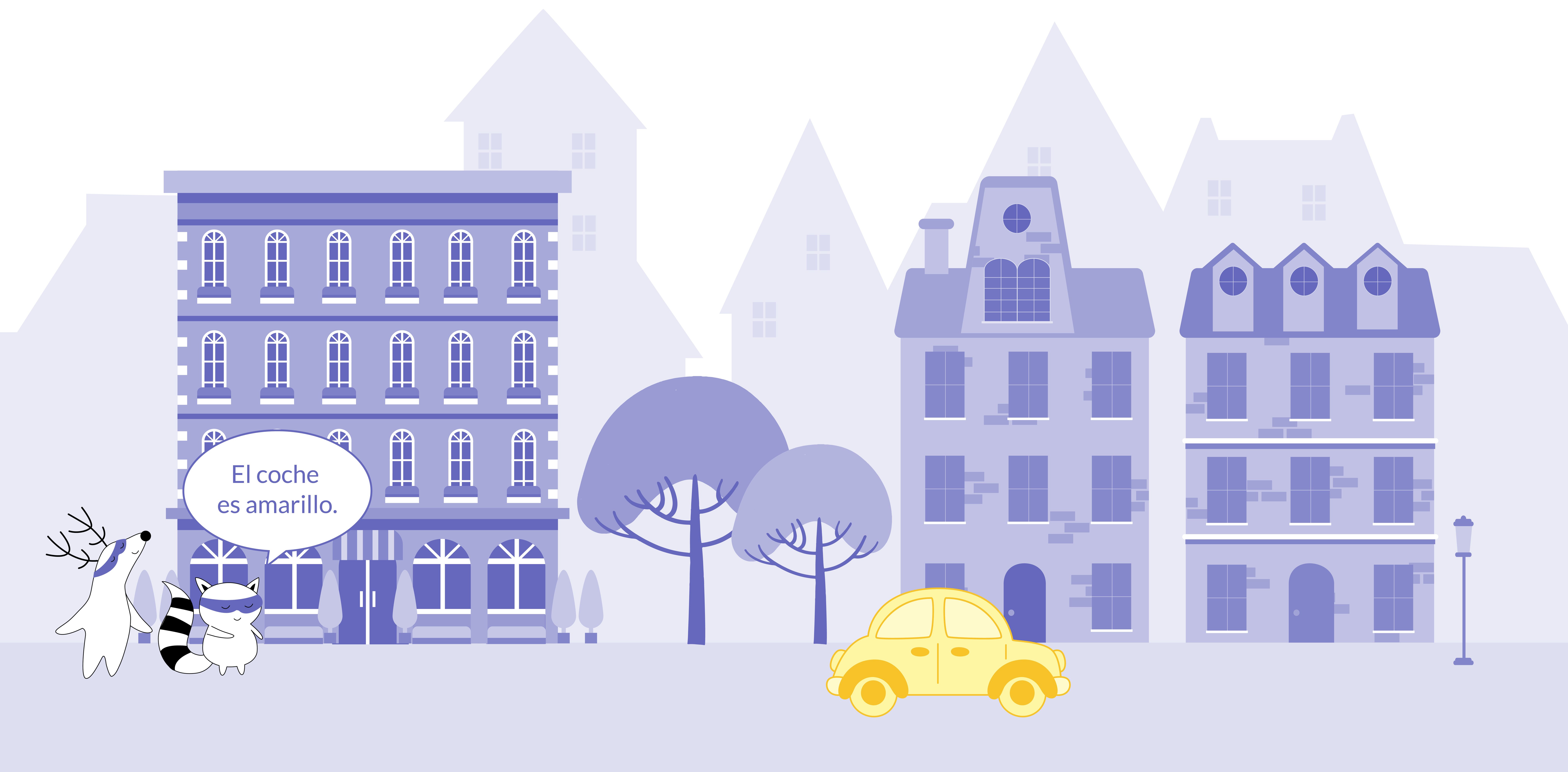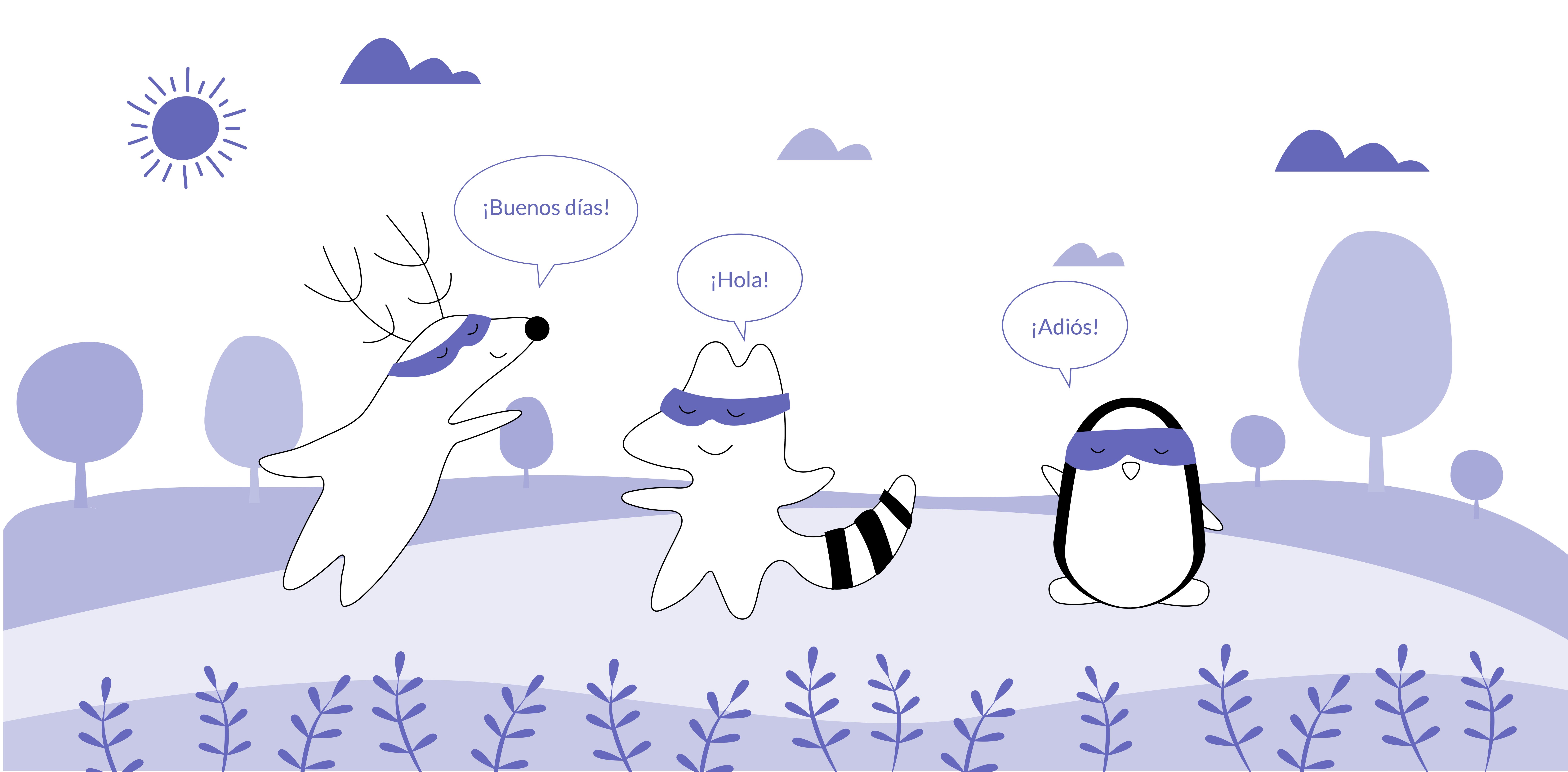
Learning a new language can be a great way for kids to broaden their horizons and connect with new people and cultures. Spanish is a particularly popular choice for kids, as it's one of the most widely spoken languages in the world. And, with its close similarity to English, Spanish can actually be one of the easiest languages for kids to learn.
If you're thinking of helping your kids learn Spanish, there are a few easy words and phrases you can start with. By using fun and interactive activities, like songs, games, and flashcards, children will be able to pick up on some of the basics of the Spanish language in no time at all.
So, here are some basic Spanish vocabulary words and phrases for kids that you can use to get started:
Learn Spanish with Langster
Basic Spanish Words to Use in Daily Conversation
Let's take a look at some handy Spanish words and phrases that your kids will be able to immediately incorporate into daily conversations.
Hola / Adiós
Virtually any conversation starts with a “hello” and ends with a “goodbye,” and hola and adiós are the most common Spanish equivalents. So, these two should be the first Spanish words for your kids to learn.
Spanish
English
¡Hola!
Hello!
¡Adiós!
Goodbye!
Cómo Estás? / Bien, Gracias
Another important phrase for kids to learn is ¿cómo estás? This is a great way to start a conversation with someone new. And, once they've asked how you are, they can respond with bien, gracias.
Spanish
English
Hola, ¿cómo estás?
Hello, how are you?
Muy bien, gracias, ¿y tú?
I’m very well, thank you, and you?
Por Favor / Gracias
Being polite is important in any language, and Spanish is no exception. Your kids will be able to use por favor and gracias in a variety of different situations, so these are the next basic words for them to memorize when they start learning Spanish.
Spanish
English
Por favor
Please
Gracias
Thank you
As a bonus, you can teach your kid to say de nada in response to “gracias.”
Spanish
English
De nada
You’re welcome
Lo siento
Lo siento is another important phrase to teach your kids, as it's essential for teaching them how to apologize. Knowing how to say "I'm sorry" in Spanish will help your kids build up their vocabulary and show that they're respectful.
Spanish
English
Lo siento.
I’m sorry.
Sí / No
Learning how to say “yes” and “no” in Spanish will come in handy in a lot of different situations. Sí and no are two of the most essential Spanish words for kids to know.
Spanish
English
Sí, me gusta el melocotón.
Yes, I like peaches.
– ¿Te gusta? –No, no me gusta el brócoli.
– Do you like it? – No, I don’t like broccoli.
Me llamo… / ¿Cómo te llamas?
When learning a new language, it's important to know how to introduce yourself. In Spanish, you can do this by saying me llamo… (my name is…) followed by your name. This is a great way to start a conversation with someone new.
Spanish
English
Me llamo Erica.
My name is Erica
And, once they've introduced themselves, they can ask the other person their name with ¿Cómo te llamas?
Spanish
English
¿Cómo te llamas?
What is your name?
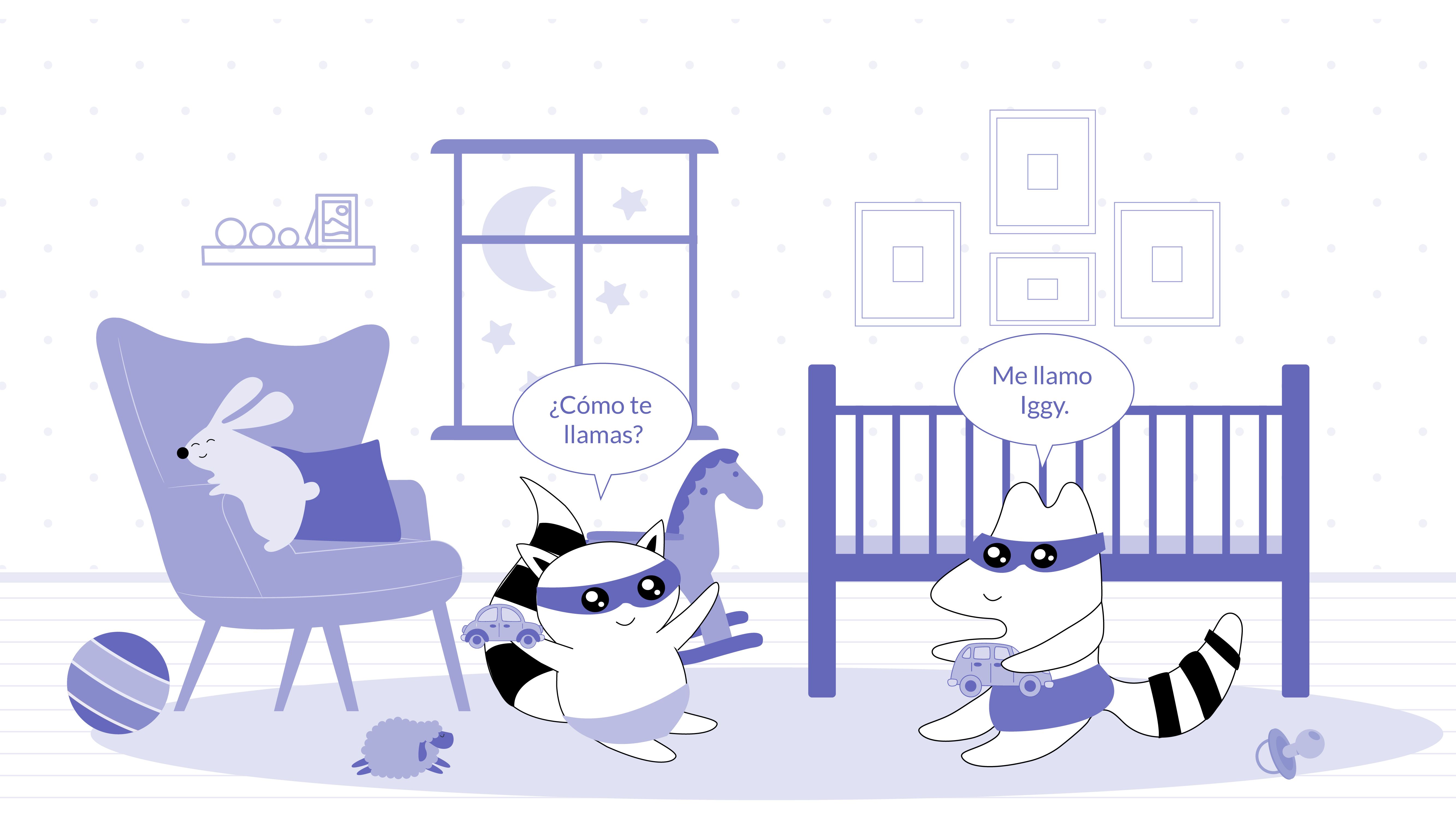
Te quiero
Te quiero is the Spanish equivalent of "I love you." Learning how to say "I love you" in Spanish can be a really special way for your kids to show their affection. It can also help them connect with friends and family members who speak Spanish. So, make sure to teach your kids this important phrase.
Spanish
English
Te quiero
I love you
And, if you want to find out more, check out these nine other ways to express your feelings in Spanish.
Es hora de comer
Es hora de comer is a great phrase to know if you're looking for a place to eat or if you're hungry and don't know what to order. It can also be helpful for kids who are new to Spanish and are still learning how to say the words for different foods.
Spanish
English
¡Es hora de comer!
It’s time to eat!
Some of the other common Spanish phrases to teach your kids include:
Spanish
English
Dame la mano.
Give me your hand.
Lo hiciste bien.
You did it really well.
Bien hecho.
Well done.
Dime otra vez.
Tell me again.
Ponte los zapatos.
Put on your shoes.
Cierra la puerta.
Close the door.
Hazlo de nuevo.
Do it again.
Intenta otra vez.
Try again.
¿Qué hora es?
What time is it?
¿Te ayudo?
Can I help you?
¿Tienes hambre?
Are you hungry?
For more Spanish vocabulary and conversational phrases to get to know someone better, check our separate post.
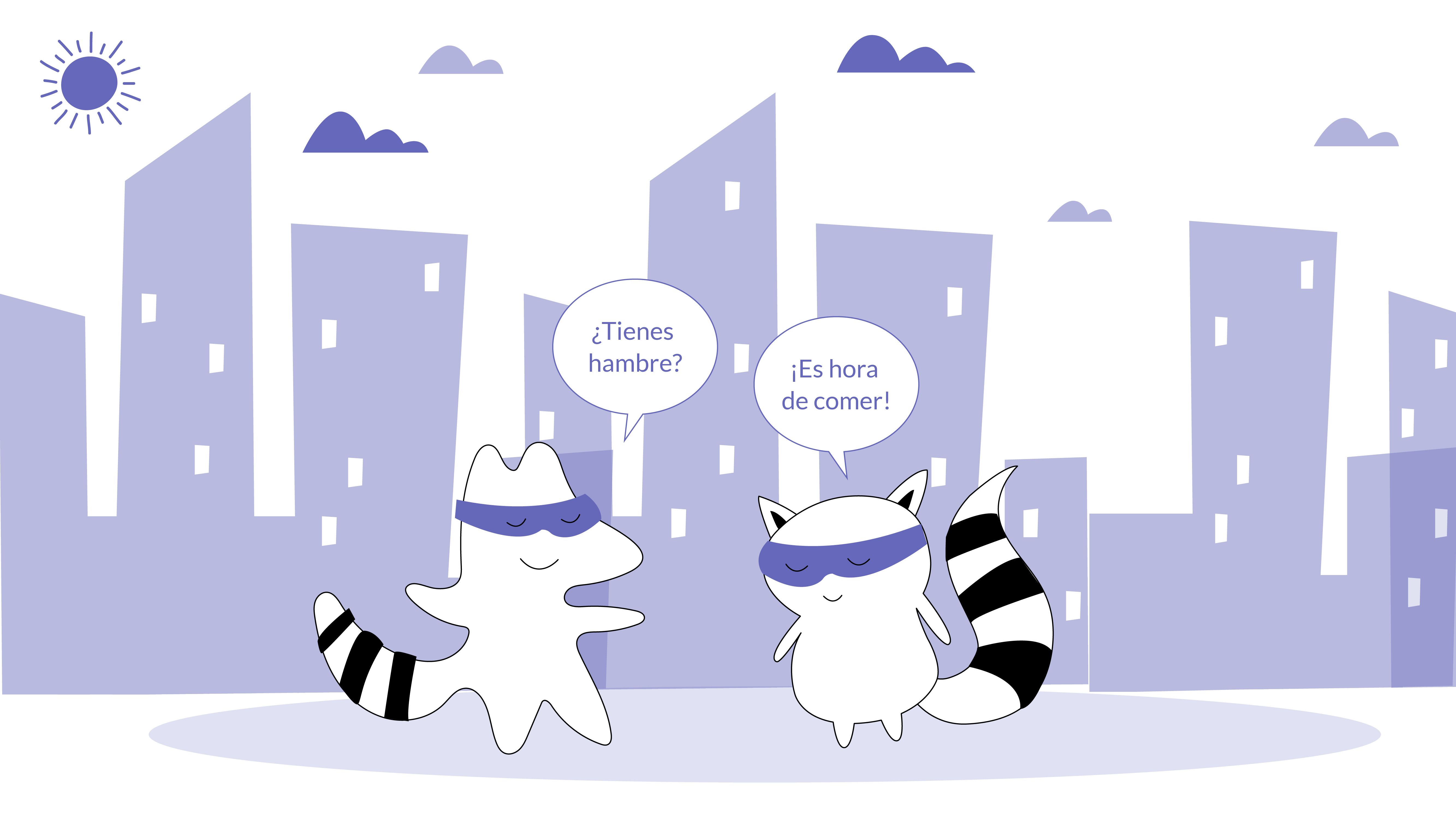
Spanish Words for Animals
When learning Spanish with your kids, it's important to include some animal words. Knowing how to name animals in Spanish can be a fun and engaging way for kids to get through Spanish vocabulary lessons quickly and easily.
Here are some common Spanish words for animals we come across in a daily life:
Spanish
English
Perro
Dog
Gato
Cat
Caballo
Horse
Gallina
Chicken
Pájaro
Bird
Conejo
Rabbit
Mariposa
Butterfly
Pez
Fish
Lobo
Wolf
León
Lion
Águila
Eagle
Serpiente
Snake
These are just a few of the many Spanish words for animals that your kids can learn. Teaching them these animal names can help your kids get familiar with the language and make it easier to remember new words. After all, when you learn Spanish words that you are actually interested in, you are more likely to remember them.
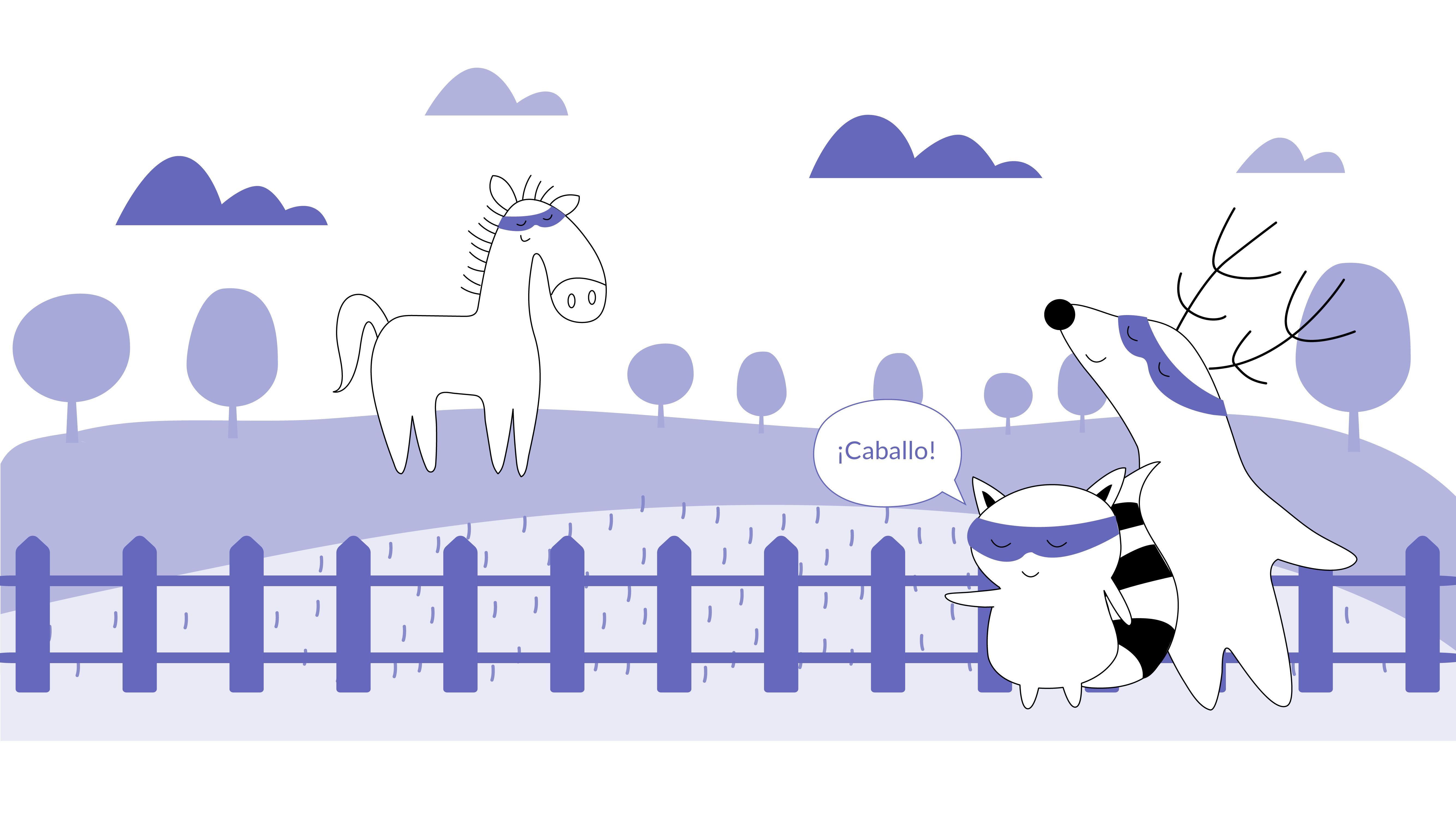
Spanish Words for Foods
Learning the names of different foods in Spanish is also a great way to introduce your kids to the language. Here are a few common ones:
Spanish
English
Arroz
Rice
Pollo
Chicken
Pan
Bread
Carne
Meat
Queso
Cheese
Huevos
Eggs
Frijoles
Beans
Pescado
Fish
Helado
Ice Cream
Fruta
Fruit
Note that in the Spanish language, there are different words for chicken and fish, depending on the context. In the case it’s a pet, you would use “gallina” for chicken and “pez” for fish. But, when speaking about food, you should use the words “pollo” and “pescado,” respectively.
By teaching your kids some of these common Spanish words for food, they'll have a better understanding of the language and, more importantly, there is a chance they’ll become more interested in their meals!
As such, don’t force your kids to only learn new vocabulary words during boring Spanish lessons. Instead, diversify their learning experience by naming some of the foods while having dinner or cooking a meal together. Soon enough, they’ll get used to speaking Spanish in their daily conversations.
The Bottom Line
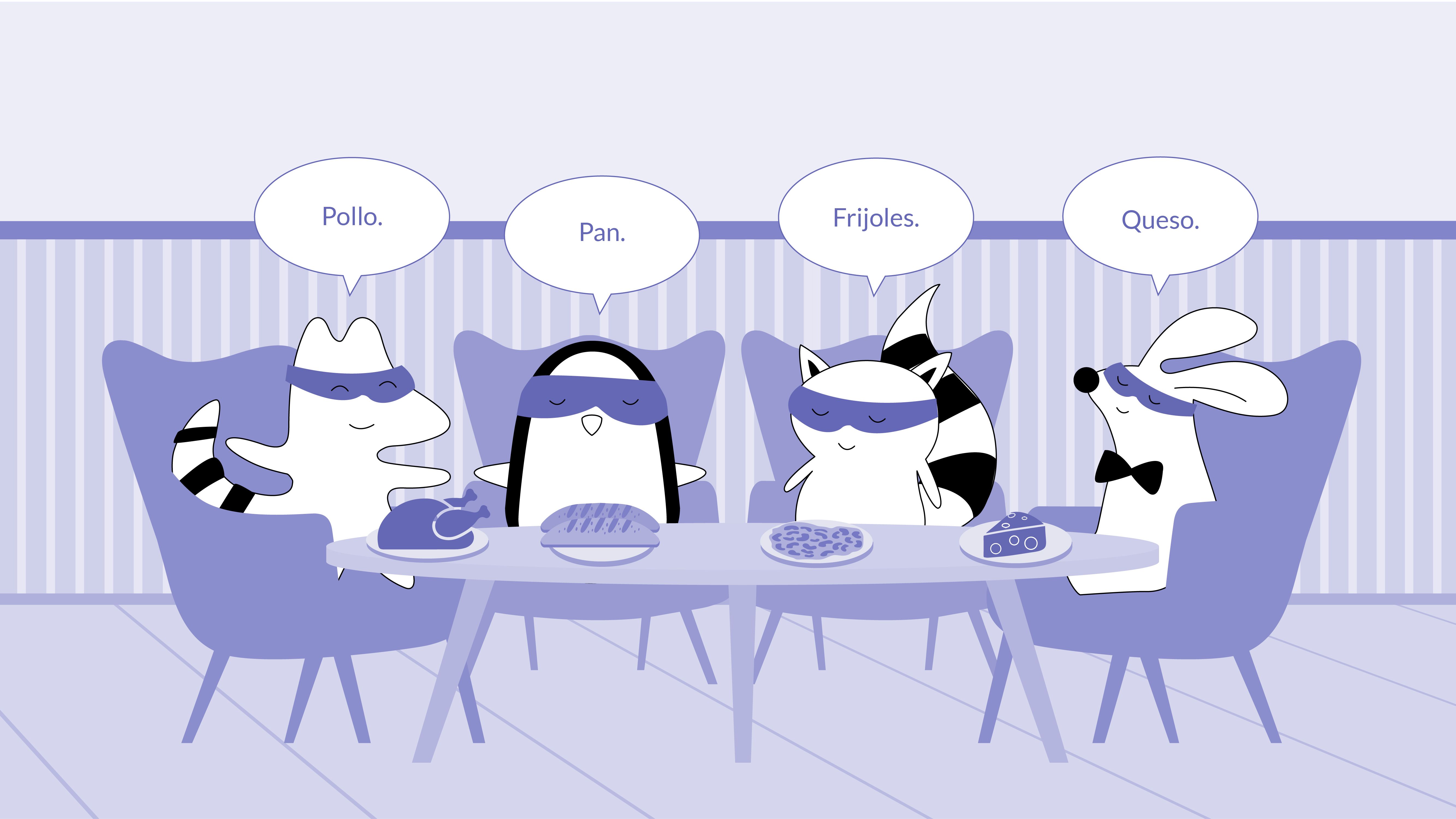
Overall, helping your children learn a new language can be a fun and rewarding experience. With the right tools and resources, you can easily teach them some of the basics of Spanish.
From simple words and phrases like por favor and gracias to fun activities that involve animals, foods, and more, your kids will be able to pick up on some of the basics in no time at all. You can also download our Langster app and learn Spanish with stories! This is something your kids will definitely love.
So, don't hesitate to help your children get started with Spanish. With a little bit of practice, they'll be able to eventually master the language.







